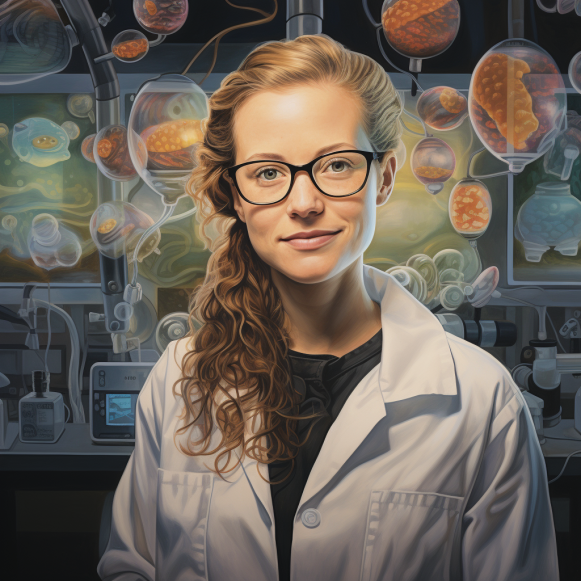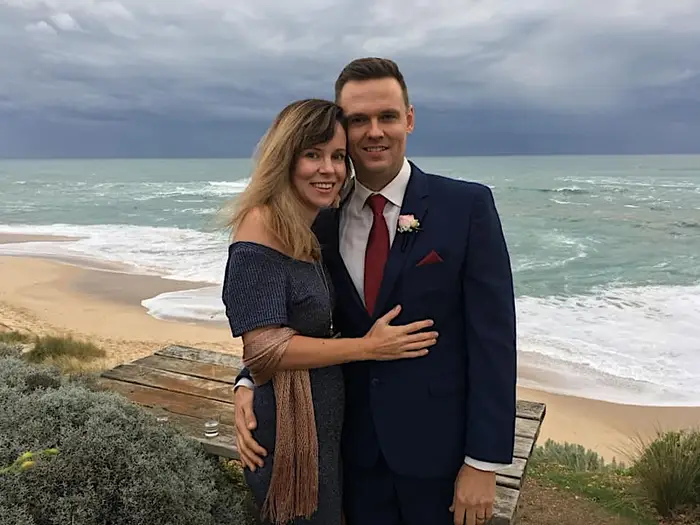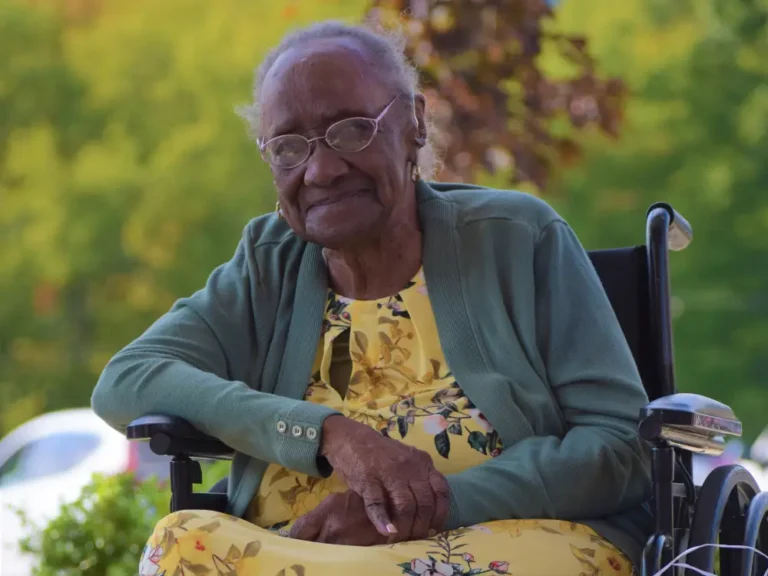This lab’s gene test can find more rare diseases. This is what it can do for the ‘diagnostic odyssey’ of families.

There are over 7,000 rare disorders, and many of them cannot be identified in a doctor’s office.
That is why genetic sequencing is so critical.
The Jackson Laboratory in Farmington can now sequence the entire genome, doubling the number of rare diseases that can be positively diagnosed. It is Connecticut’s only whole-genome sequencing test.
According to Melissa Kelly, clinical laboratory director at the Jackson lab, many rare disorders could not be accurately diagnosed until next-generation genome sequencing became available about ten years ago.
Sanger sequencing, which was developed in 1977, was previously too slow to be useful.
“There’s been studies on this actually, how many missed diagnoses patients will have prior to getting their actual diagnosis from a genome, and it’s something like seven,” Kelly stated.
“It’s crazy how many times these patients get told the wrong thing, or get told nothing,” she stated. “No one can give them an answer. And that’s the problem with current clinical care: the genome isn’t the first step, so these patients are subjected to test after test after test, being told different things and not really getting the right answer, which is taxing on the patients and their families.”
According to the National Organization for Rare Disorders, there are up to 7,000 rare diseases. According to the organization’s database, a rare disease is one that affects no more than one in 200,000 Americans and includes Duchenne muscular dystrophy, hemophilia, cystic fibrosis, and Hodgkin’s disease.
Not all rare diseases are genetic, but many are, according to Kelly. Sequencing is sometimes required due to “unusual facial characteristics,” she explained.
“It might be that their nose is a little misshapen or their forehead’s really tall,” she explained. “Ears are weirdly rotated or something.” So only the facial features are ‘normal.'”
Because a patient’s problems may resemble more than one disease, “you don’t really know if you can do anything about it until you know the genetic mutations.” “It’s just a guessing game,” she explained. Niemann-Pick disease is one example.
Prior to the development of whole-genome sequencing, the best that next-generation sequencing could do was sequence the exome, or the proteins in the gene, which, while containing the majority of the information, only accounts for about 1.5% of the genome.
About 25% of the time, this resulted in a positive diagnosis. “The rest of them are left on what we call the diagnostic odyssey,” Kelly stated. So they have test after test after test, but never a diagnosis. And those are the ideal candidates for whole-genome sequencing,” which has a 40% success rate.
“There have been some reports where there are situations where they’re looking at a particular cohort where they have gotten higher, but I would say across the general rare disease scope, I wouldn’t say higher than 40 or 50%,” Kelly stated.
“It appears absurd because, if we’re sequencing the entire genome, why aren’t we capturing 100% of it, right?” “So that’s another area that’s still being investigated,” she explained.
“One of the issues is that there are environmental factors that can affect genes,” she explained, referring to epigenetics. “There’s a whole field of research going on right now.” And I’d love to bring on clinical tests that can target more epigenetic and other factors in order to diagnose more patients.”
The goal is to assist families “who have been searching for answers for many years,” according to Kelly. “Even if the answers mean it’s not treatable and there’s nothing they can do about it, having the answer is invaluable to them.” This is for that purpose. We want to provide patients with an answer.”
The Jackson lab’s rare disease research continues at the Rare Disease Translational Center in Bar Harbor, Maine.
“What we do is take that genetic information and engineer that mutation into a mouse model,” said Cat Lutz, the center’s vice president. “This essentially creates a patient avatar.” We have cystic fibrosis mouse models. We have Duchenne muscular dystrophy mouse models. We have Huntington’s, ALS, and Friedrich’s ataxia mouse models.”
The genetic mutations can then be studied “to understand genetic pathways,” she explained. “We can look at disease progression….” We can learn a lot about what that patient is going through just by looking at the mouse’s avatar. And, most importantly, we can use therapeutics such as gene therapy… FDA-approved drugs, and we can test them in mice to see if there is any benefit to the patient.”
The center assisted in the development of three FDA-approved drugs for spinal muscular atrophy, a disease that kills young children.
“If you don’t treat a SMA baby in the first few weeks of their disease, they’re not necessarily going to have the benefit of the therapy,” Lutz stated. “If a therapy is started early enough, patients can live almost normally.” If it is administered too late, it may have little or no effect, and patients may become wheelchair-bound or succumb to the disease a little later.”
‘The diagnostic odysseys’
The cost of genetic sequencing is one issue. According to Dr. Ed Neilan, chief medical and scientific officer of NORD, next-generation sequencing of just the exome can cost up to $4,000, and the full genome sequence will cost much more.
“While we do not comment on specific customer pricing because it can vary with testing volume and turnaround time requirements, as a nonprofit biomedical research institution, our focus is and always has been on improving human health,” said a spokeswoman for The Jackson Laboratory. JAX made every effort to make this critical testing as affordable as possible, knowing that the financial responsibility will, in many cases, be patient-based.”
“I think it is economically possible,” she stated. “You consider the cost of that sequencing in comparison to the cost of doctor’s visits, emergency room visits, and then the sustainability of a very sick child’s health care.” “I believe it is well worth it.”
Concerning the lack of insurance coverage, Lutz stated, “I think that’s where we need to make some changes in our health care system, quite frankly.” We do screen for other things, after all. We conduct breast cancer screenings. We conduct colon cancer screenings…. We’ll even screen for cystic fibrosis prenatally, and I don’t think it makes sense to have tests done one by one.”
She continued, “Wouldn’t it be more economical to try to take a single drop of blood, do the whole genome sequencing and try to figure out if this child is going to have Batten’s disease or some other inborn error of metabolism and not spend the six years and the doctor’s visits and the diagnostic odysseys … I mean from a health care perspective.”
Neilan cautioned against having too high of expectations for the whole-genome sequence test when compared to the previous test. “You get maybe 80% of the answer from looking at that 1.5% of the DNA, which is why it’s cheaper and more common right now to order a whole exome test,” he stated.
“I think though the world is sort of waiting for a whole-genome test to become cheap enough that you could order it for the same as an exome,” he stated.






